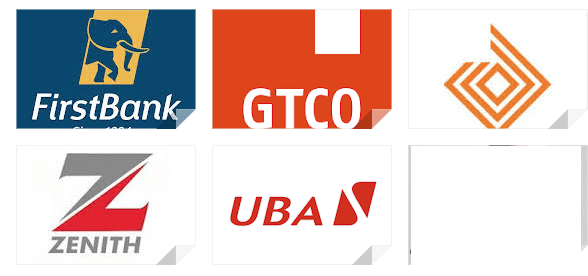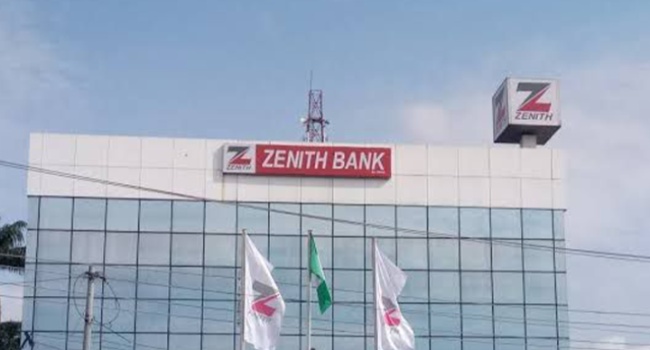Major Banks Report Significant Growth
As Nigeria targets a $1 trillion economy within the next five years, the country’s banking sector is showing substantial progress.
Ten prominent Nigerian banks have reported combined assets of N140.3 trillion for the first quarter of 2024, a notable 22.5% increase from the end of 2023. These banks include Zenith Bank Plc, United Bank for Africa (UBA) Plc, Access Holdings Plc, FBN Holdings Plc, FCMB Group Plc, Stanbic IBTC Holdings Plc, Guaranty Trust Holding Company (GTCO) Plc, Fidelity Bank Plc, Sterling Financial Holdings Company Plc, and Wema Bank Plc.
Join our WhatsApp ChannelTheir financial statements reveal a notable rise from N114.5 trillion in December 2023 to N140.3 trillion in Q1 2024.
Comparative Analysis with Global Peers
Recent data from Afrinvest Limited shows that Nigerian banks’ total assets account for only 16.4% of the country’s $0.5 trillion GDP. This figure is considerably lower compared to other countries with similar GDPs.
For instance, Egypt’s banks have an asset-to-GDP ratio of 100%, South Africa’s is 74%, and Kenya’s is 47%. In Brazil, whose economy is valued at $1.9 trillion, the bank assets to GDP ratio is 125%, while Mexico’s $1.5 trillion economy sees 45%, and the Netherlands’ $1 trillion economy boasts a 104.6% ratio.
READ ALSO: SERAP Urges Tinubu, Shettima, Others To Publish Assets To Mark First Year In Office
Recapitalisation: A Strategic Necessity
Ike Chioke, Group Managing Director of Afrinvest West Africa Limited, emphasizes the need for a recapitalisation exercise to enhance Nigerian banks’ capital bases.
“We examined all the commercial and non-interest banks in Nigeria and found that based on the Central Bank of Nigeria (CBN) capital requirement, there’s a need for Nigerian commercial banks to reach N3.7 trillion to strengthen the N1.9 trillion they currently hold,” he stated. “Clearly, there is significant work ahead.”
Bank-Specific Asset Growth
Access Holdings Plc leads the pack with total assets of N32.6 trillion as of March 2024, followed by UBA with N25.3 trillion, and Zenith Bank with N24.3 trillion. During this period, the banks’ liabilities also rose by 22.7%, increasing from N103 trillion to N123.6 trillion.
Notable Asset Growth Rates
GTCO recorded the highest growth rate in assets at 35.4%, followed by FBN Holdings with a 27.2% increase, and UBA with 22.8%. These figures demonstrate the dynamic growth within the sector.
Understanding Bank Assets and Liabilities
A bank’s total assets encompass everything it owns that holds economic value, which is crucial for its operations and revenue generation. When a bank’s total assets exceed its total liabilities, it results in a positive net equity or net worth, indicating the bank’s financial health and its capacity to expand its operations and services.
Analysts attribute the significant growth in assets to strategic expansions, enhanced digital banking services, and increased customer deposits. “The banks are not only growing in size but also in service delivery and technological advancements,” noted a senior analyst at Afrinvest.
Future Outlook for Nigerian Banks
With the Nigerian government’s ambitious target for a $1 trillion economy, the banking sector is poised to play a crucial role. The ongoing recapitalisation exercise and strategic initiatives by these banks are pivotal for achieving this economic milestone.
As Nigerian banks continue to grow their assets, the financial sector is poised for significant development. The increase in assets and the Federal Government’s economic plans are steps toward a more robust and resilient economy.
Emmanuel Ochayi is a journalist. He is a graduate of the University of Lagos, School of first choice and the nations pride. Emmanuel is keen on exploring writing angles in different areas, including Business, climate change, politics, Education, and others.



















Follow Us